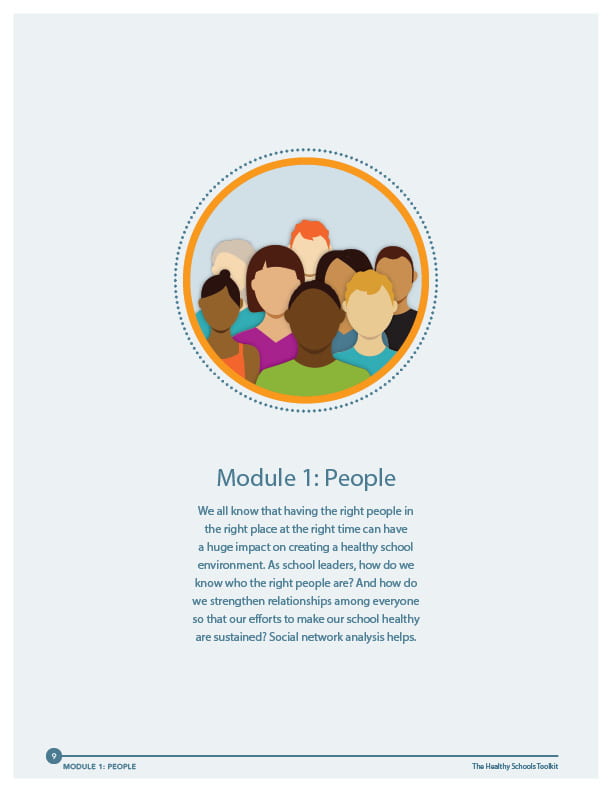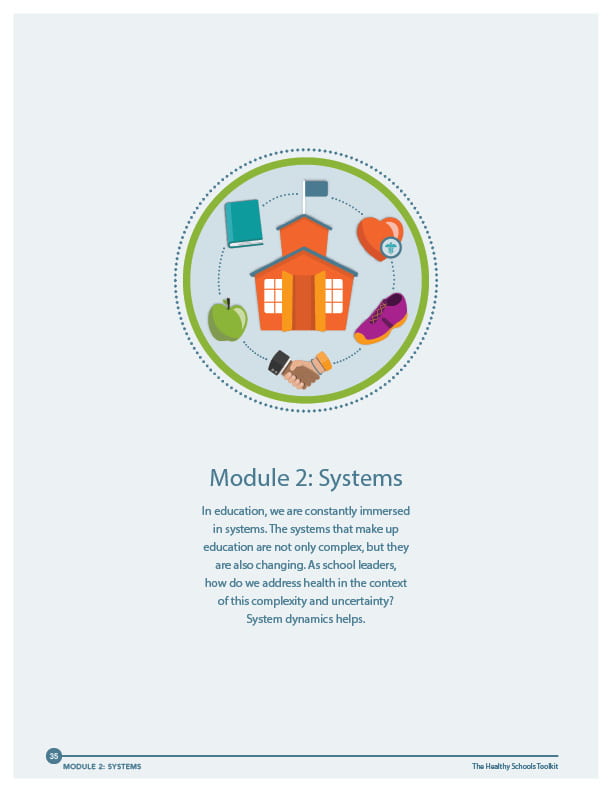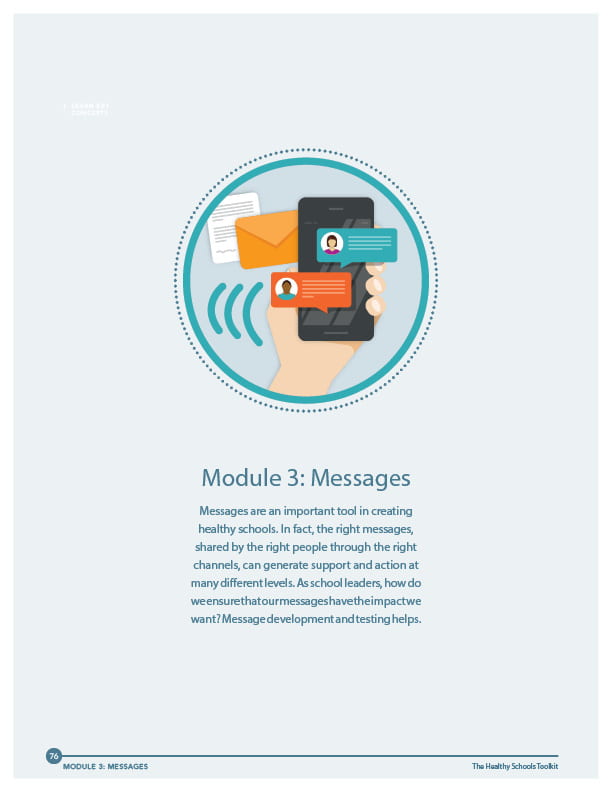What makes a school healthy?

“A child who can’t see, can’t hear, can’t breathe, hasn’t slept, has been traumatized, or doesn’t know where they are going to sleep at night does not have the opportunity to learn, unless we help them first—none of us would. So before we get to reading, writing, and arithmetic, we have to get to these basic needs of so many of our children.”

— Dr. Jason Purnell
Director, Health Equity Works,
Brown School at Washington University in St. Louis

Tools that respond to the whole child
The Healthy Schools Toolkit is grounded in the Whole School, Whole Community, Whole Child (WSCC) model, a framework that highlights 10 areas where schools need to focus in order to support children who are healthy, safe, engaged, supported, and challenged.
Read more about the WSCC model and learn how you can build a healthy school that more fully supports the whole child.
People
Having the right people in the right place at the right time is critical to creating a healthy school.
As school leaders, how do you know who the right people are? And how do you strengthen relationships so that your efforts are sustained?
Learn how to use social network analysis to identify the key people and relationships that can support a healthy school.

Systems
As an educator, you are embedded in systems. These systems are not only complex; they are also changing.
As school leaders, how do you make sense of systems? And how do you address health in the context of this complexity and constant change?
Learn how to use system dynamics to uncover the systems, structures, and policies needed for a healthy school.

Messages
Words matter. In fact, the right messages, shared by the right people through the right channels, can generate support and action at many different levels.
As school leaders, how do you ensure that your messages have the impact that you want?
Learn how to use communication science to create messages that will reach those who can help build support for a healthy school.


Tools that create systems change
This toolkit is designed to help school and district leaders organize to build a culture of health and well-being. It is hands-on and user-friendly so it works within the everyday constraints of running a complex school community.
Arranged into three sections, or modules, this step-by-step toolkit guides school and district leaders in the use of social science tools that can accelerate systems change. Learn more about these tools below.
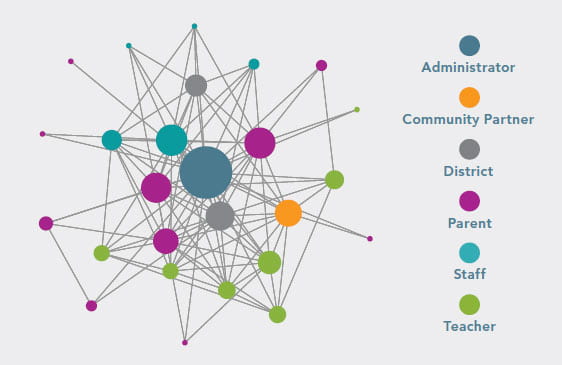
Social Network Analysis
Social Network Analysis (SNA) helps you uncover the people, relationships, and structures that allow information and communication to flow in your school or district.
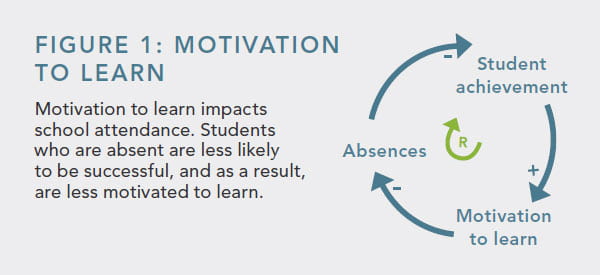
Group Model Building
Group Model Building (GMB) brings people together to explore a problem, share ideas about how to solve that problem, and build motivation for action.
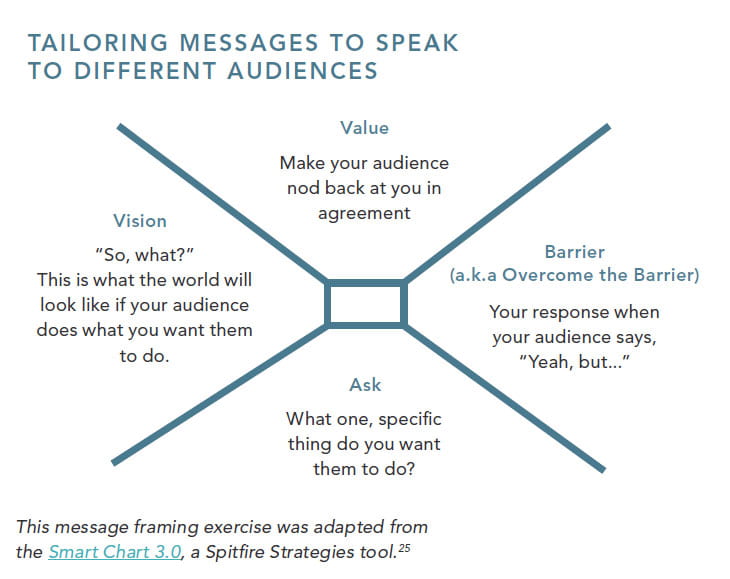
Message Testing
Message Testing allows you to identify the words and phrases that resonate with people and make them want to take action.
Align the modules with your needs and resources
How can you do this work on top of all your other responsibilities? The modules are designed so that you can choose the range and intensity of activities that you complete and the order in which you complete them.
Use the links below to learn more about the time, resources, and knowledge or expertise your school or district needs to accomplish each option and to select the option that is best suited to your needs and capacity.


